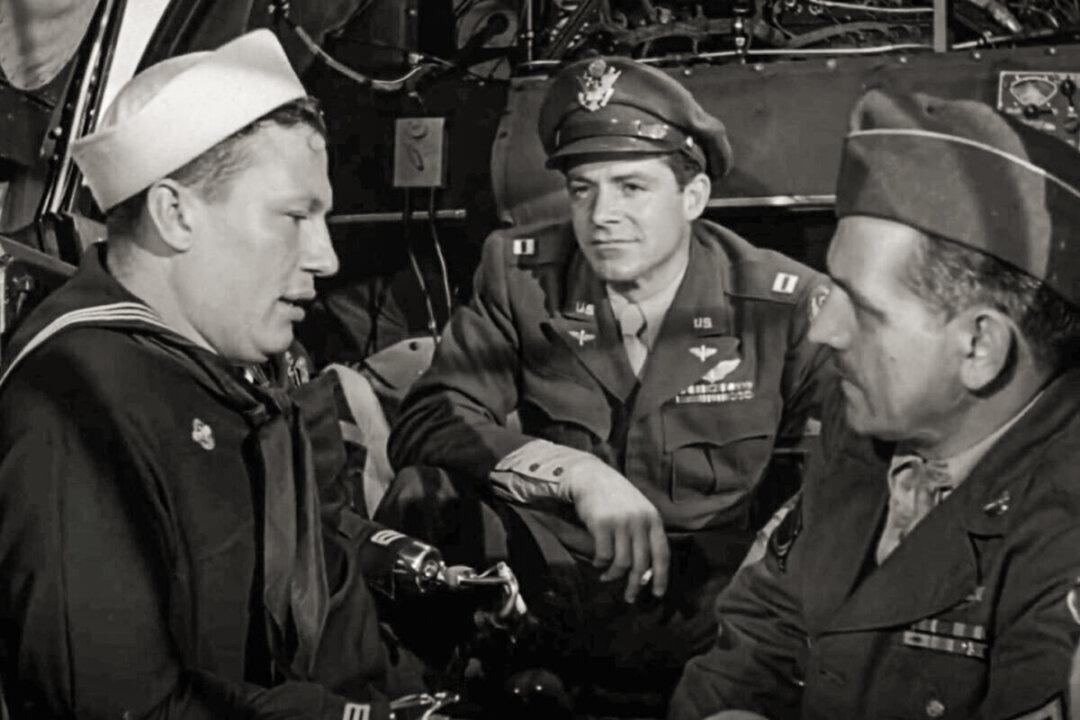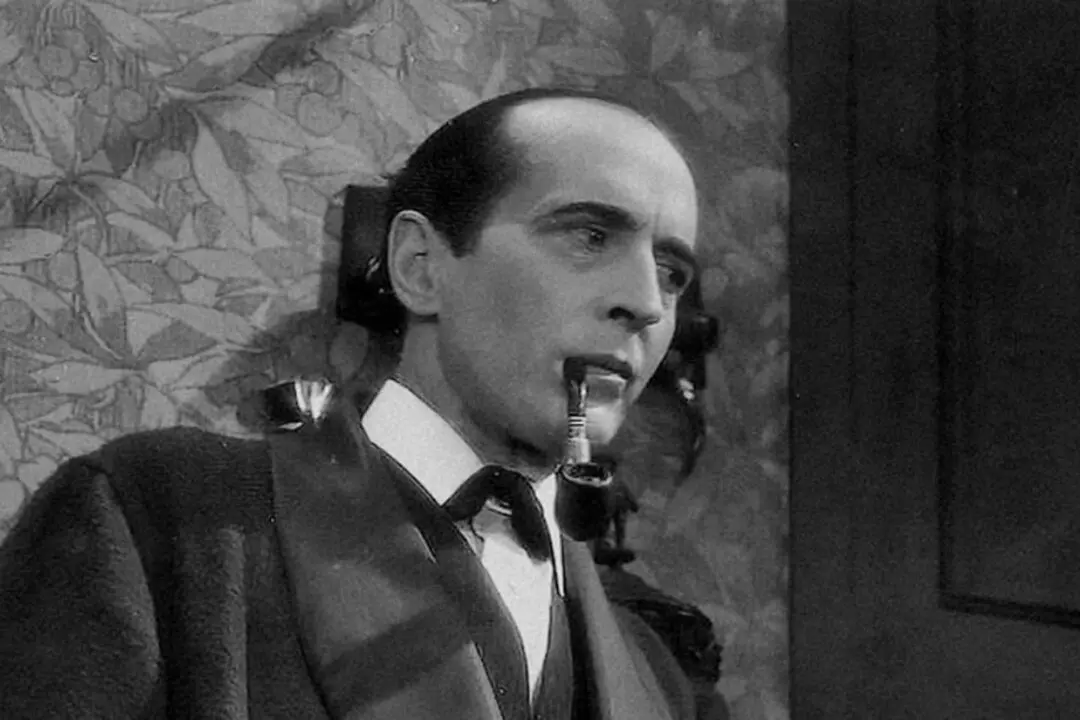Approved | 2h 50min | War, Drama, Romance
The Golden Age of Hollywood can rightly claim a wide array of excellent action-oriented World War II films, such as 1945’s “They Were Expendable” and 1957’s “The Bridge on the River Kwai.” Indeed, war movies contributed greatly to making American cinema the most influential and copied style of film production the world over.






